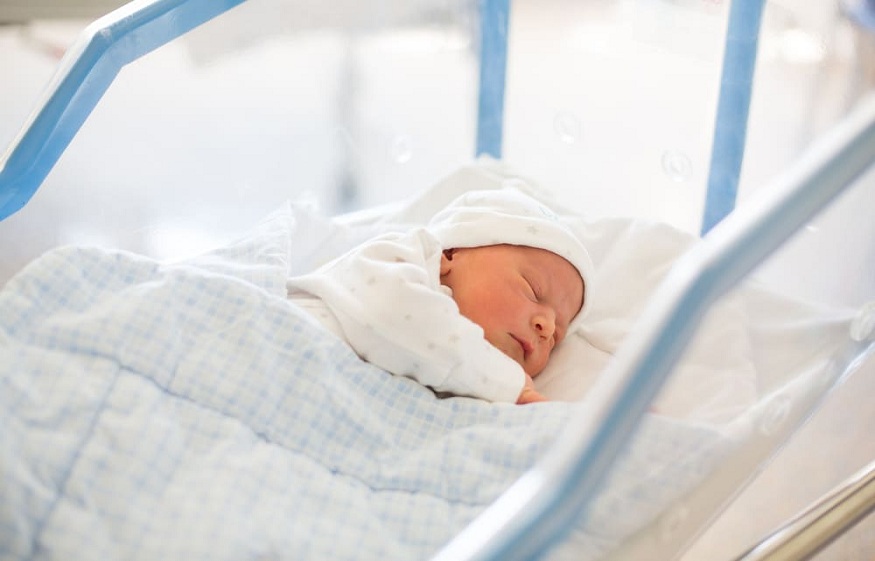Eczema in babies is fairly common; thankfully, it can be treated. The good news is that many babies with this skin condition will grow out of it. However, while your baby has eczema, it can be a challenging time. Knowing how to deal with it then will make it easier for both you and your baby.
Does Your Baby Have Eczema?
Babies often get patches of dry skin, particularly around the head and face, which is known as cradle cap. This is different to eczema because it is not painful or itchy and is unlikely to affect your baby.
Eczema, on the other hand, can be very itchy and even painful, especially if scratched. It can be hard to know if a baby has eczema because it can look different on each child and it affects different parts of the body. Nevertheless, babies with light skin tend to have dry red patches on their skin whereas darker skinned children will usually be affected with patches that look gray, brown, or purple. If you are worried that your child might have eczema, it is best to seek advice from a doctor who will be able to tell by examining the rash.
Eczema is hereditary so a baby is more likely to be affected if mom or dad also has or had eczema as a child. Some babies will develop the condition because of allergies, which can be caused by irritants such as laundry detergents or even food passed to them through mom’s breastmilk.
What Can You Do to Help?
If your baby’s eczema is severe, you are likely to be referred to a dermatologist. While you are waiting for an appointment though, there are some things you can do to make your child more comfortable.
When bathing baby, make sure to keep the water lukewarm and limit time in the bath to no more than ten minutes. The tepid water will hydrate the skin and keep it cool. Try not to use any harsh products, sticking to organic cleansers or those that are designed specifically for sensitive skin or those with eczema. A fragrance-free soap is ideal.
When you take baby out of the bath, pat their skin dry with a soft towel. Do not rub the skin as this could irritate it and be painful for baby. Once dry, use a fragrance-free cream or ointment on your baby’s skin. Petroleum jelly is also good to use, particularly on the bottom and genital area after diaper changing. Whenever you are using a new cream or ointment, it is best to try a small area of your baby’s skin first to make sure it does not cause further irritation.
Keep your baby’s nails short and clean as babies tend to scratch itchy and irritated skin and can often do this when they are sleeping. Sharp nails can cause skin to bleed and become irritated. You can avoid this by using an organic cotton wearable blanket by Cozeecoo, the experts in lightweight swaddles for babies. These wearable blankets help to keep baby’s hands away from their itchy skin while still allowing them to move their legs freely. They can even be worn in a car seat, and stroller and come with a slipped underside, allowing for easy diaper changing.
Choose loose clothing, preferably made from cotton, as this will allow your baby’s skin to breath and help minimize the risk of irritation. Always wash your baby’s clothing in a fragrance-free detergent, specifically one designed for sensitive skin.
Your doctor or dermatologist may prescribe medication for your baby if the eczema does not resolve itself or if it is particularly severe.

